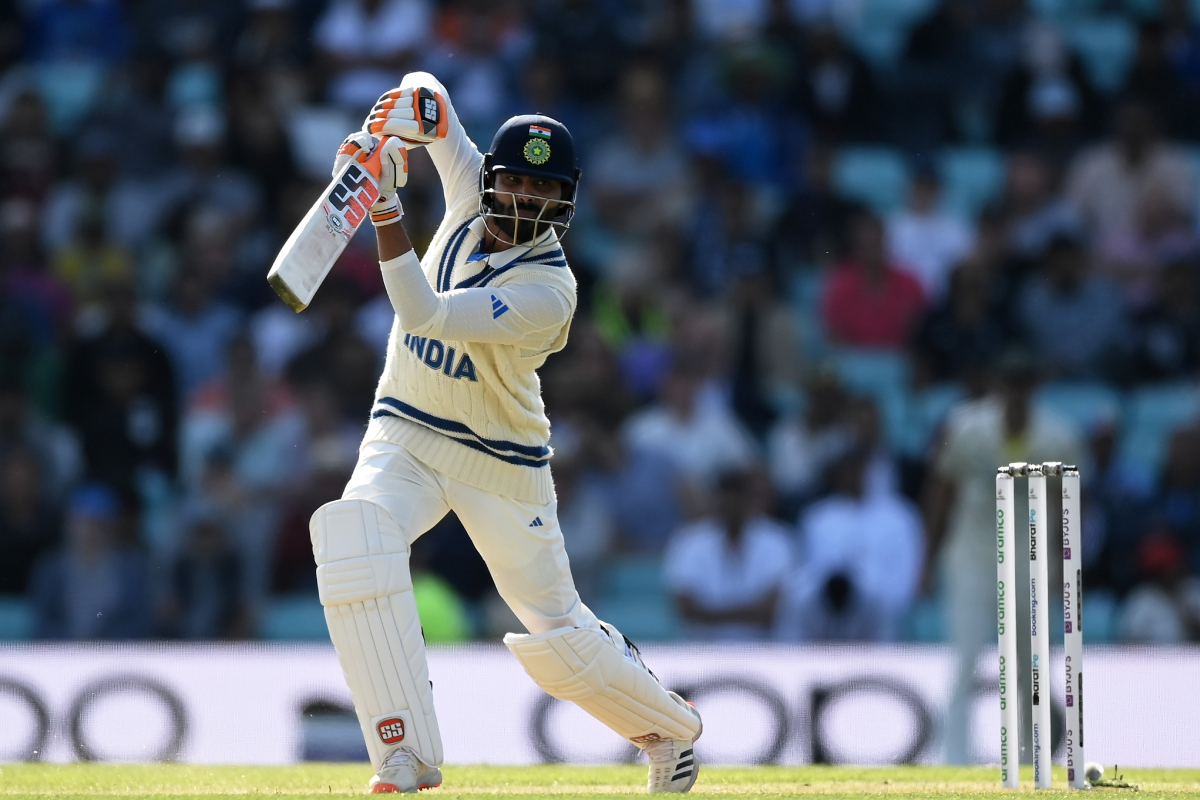NEW DELHI: Australia delivered a lesson on the art of pace bowling as their pace attack capitalised on a helpful Oval pitch, leaving India reeling at 151 for 5 at stumps on the second day of the World Test Championship final.
The familiar struggle for the famed Indian batting left them 318 runs short of Australia’s first innings total of 469 with just the last pair of recognised batters – Ajinkya Rahane and Srikar Bharat – at the crease.
India will also pray for Shardul Thakur to come good with the bat after a rather disappointing performance with the ball.
Australia’s fast bowlers played a significant role in dismantling India’s batting lineup, with off-spinner Nathan Lyon also contributing a crucial wicket.
Lyon’s dipping, turning off-break deceived Ravindra Jadeja, India’s top-scorer, who edged the ball to first slip, ending a resilient 71-run partnership with Ajinkya Rahane. This dismissal only fuelled further debate surrounding India’s selection choices, particularly the omission of R Ashwin against a predominantly left-handed Australian batting order.
WTC final: India struggle as Australia dominates opening day
However, India’s challenges stemmed not from their decision to field four fast bowlers but rather from their execution. On a bouncier surface than what they typically encounter in India, the bowlers needed to consistently pitch the ball fuller, challenging the stumps, and employing various modes of dismissal. Unfortunately, they struggled to maintain this length consistently. Although they managed to stage a comeback in the first half of day two, taking 7 for 142, it may have come too late as Australia had already amassed 327 for 3 on day one.
When their time came, Australia’s pacers exemplified the art of bowling on a deteriorating pitch marked with cracks. Mitchell Starc and Pat Cummins initially erred by overpitching, allowing Rohit Sharma and Shubman Gill to make a brisk start. However, it was only a matter of time before the Australian quicks discovered the ideal length: full but not drivable.
Cummins found that length in the sixth over, producing a delivery that nipped in and trapped the half-forward Rohit in front. Shortly thereafter, Scott Boland, who seemed tailor-made for such conditions, bowled a lethal in-dipper that Gill fatally chose to leave alone, resulting in his dismissal.
Cheteshwar Pujara and Virat Kohli stabilised India’s innings, adding 20 runs on either side of tea. Despite their cautious approach, they remained watchful of the unpredictable seam movement and uneven bounce characterising the pitch. However, Cameron Green replicated Boland’s delivery to dismiss Gill, with Pujara replicating Gill’s response, leaving India struggling at 50 for 3, as their top three batsmen fell to bowled or lbw dismissals.
WTC final: Rahane returns as BCCI names squad
Australia further tightened their grip on the match when Mitchell Starc returned and delivered a fierce ball to Kohli. Coming from left arm over, the delivery angled across and took off from a length, leaving Kohli with no choice but to glove it to the second slip while trying to negotiate it from the front foot. India slumped to 71 for 4.
With Australia’s bowlers in complete control, India faces an uphill battle to recover and make a comeback in the World Test Championship final. As the match progresses, India’s batsmen must find a way to counter Australia’s potent pace attack and navigate the challenges posed by the deteriorating pitch to keep their hopes alive.
BRIEF SCORE (At Stumps on Day 2): Australia 469 (Travis Head 163, Steve Smith 121; Md Siraj 4-108) led India 151 for 5 (Ravindra Jadeja 48; Scott Boland 1-29, Nathan Lyon 1-4) by 318 runs

